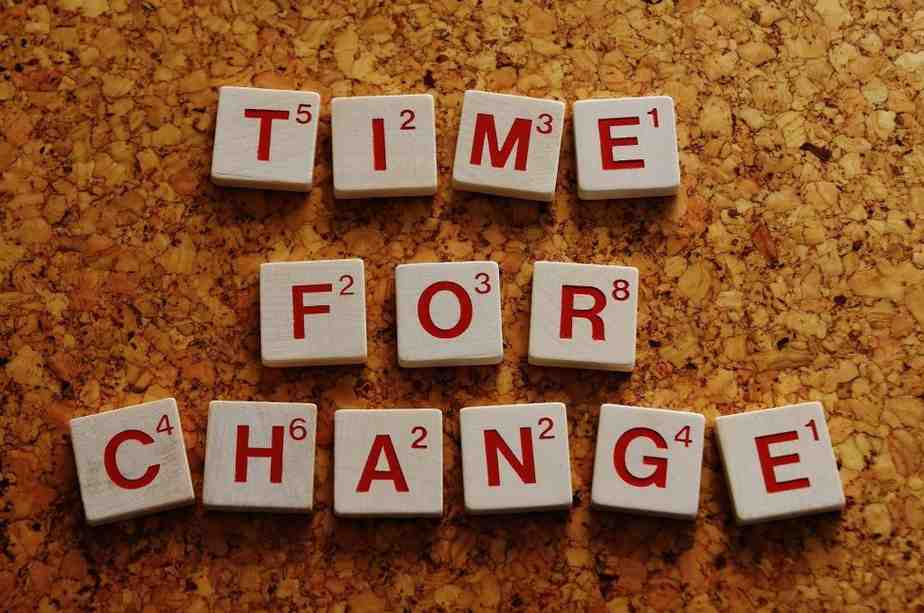Changing and the Urgency for Change

The difference between what we are doing and what we are capable of doing will solve most of the world’s problem – Mahatma Gandhi. Why don’t we do what we know? What is the gap between what we know cognitively and what we ultimately do. I will also agree with many theorists and teachers who have referred to Blooms Taxonomy of Learning which looks at learning from three domains: cognitive, affective, and psychomotor. The belief is that integrating these three domains determines what we ultimately do and the results we get to achieve. We must build learning systems around these three domains. To develop our cognition, emotional/affective and psychomotor parts of our brain, our educational system must develop these aspects of our mind. Tom Asacker spoke to aesthetics, control and identity as a crucial driver to change which is in alignment with our personal truths. Our personal truths are why we do what we do. The video of our future running in our mind and determining what we get to do today to align with that internal movie. We live based on those stories we tell ourselves. Even though we interpret facts correctly, we are amazing creatures who relates with facts emotionally and hence we become predictably irrational in what we do. We are not rational thinking machines but our personal truths, the inspiring identity of our future that drives how we respond to changes and determines what moves us.
How can we leverage behaviour science to enable us connect to learners motivation and disrupt their world? The heart will respond with reactance when people already know about the need the for change but are not willing to. To get them to change, we need to integrate with another value system they hold dearly in their heart to make them feel safe and then leverage such value to make them feel so safe, let down their guards and bring us in. Once we are accepted into their realities, then more knowledge, interactions and actions can lead to better acceptance.
Words are powerful. They define our dimensions and representation of life and determine how our world changes. Your word speaks about your world. Once you open your mouth, you tell the world who you are. To engender change, you need to change how you communicate and what you tell others. We must communicate the urgency for change and the alignment between the change and the personal story of those who needs the change. We must prevent reactance but must ensure we get them to embrace us through other value systems before we introduce the needed change model. Make everything look to us as a beautiful day, and help us all find a way to see it. Thats the power that can change the world.
References
- The Power of Words – https://youtu.be/Hzgzim5m7oU
- Why TED Talks don’t change people’s behaviors: Tom Asacker at TEDxCambridge 2014 – https://youtu.be/W0jTZ-GP0N4
- https://www.harapnuik.org/?p=5461
